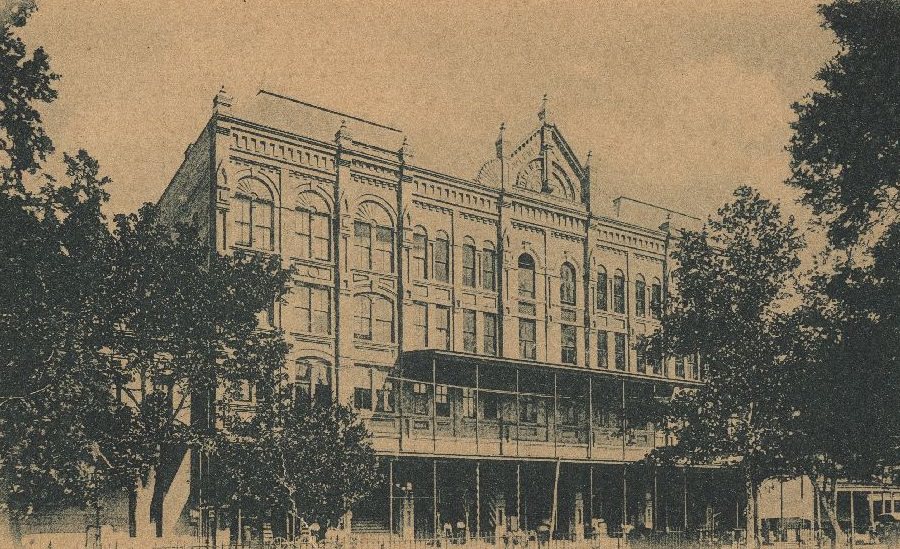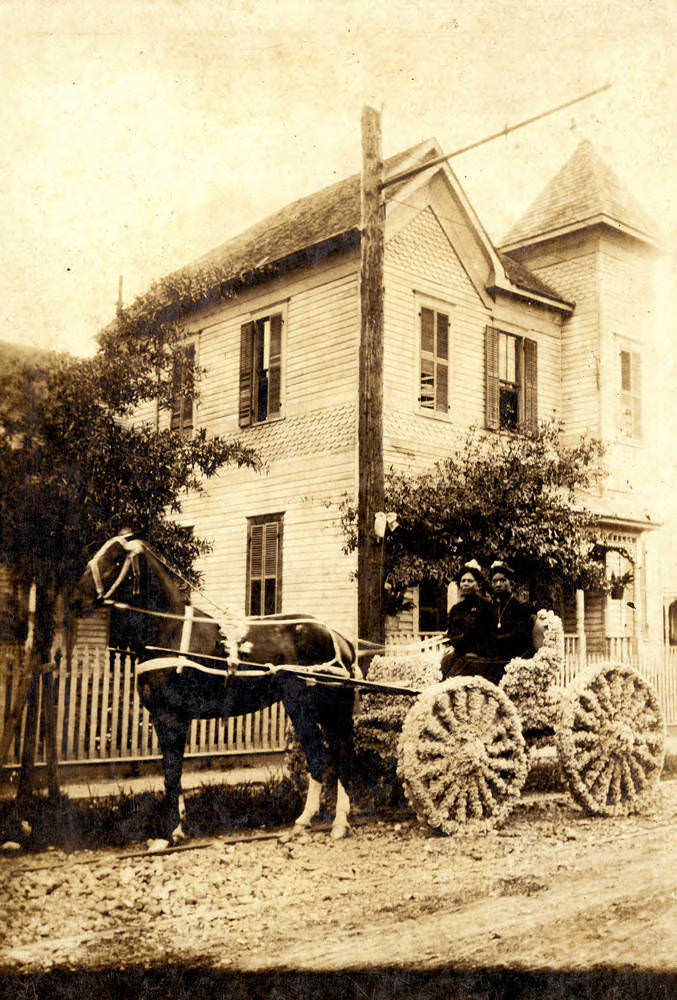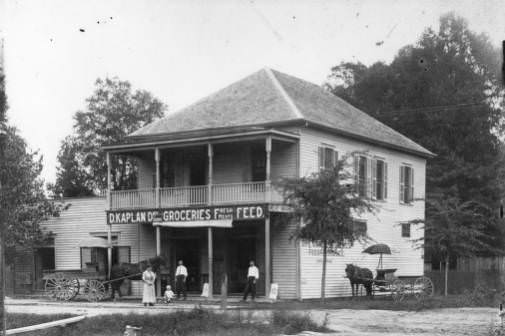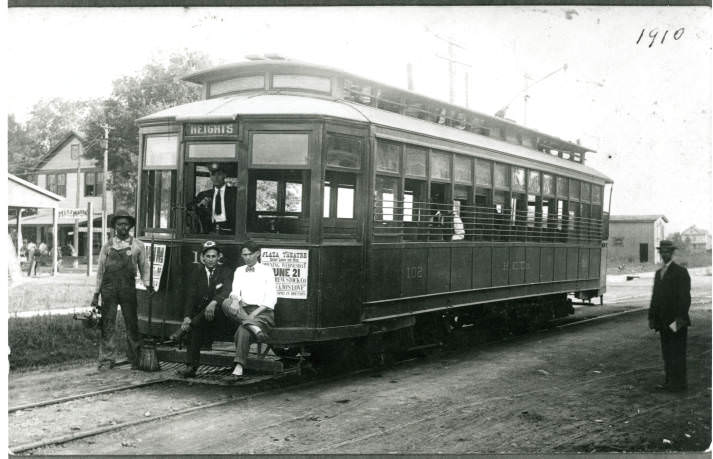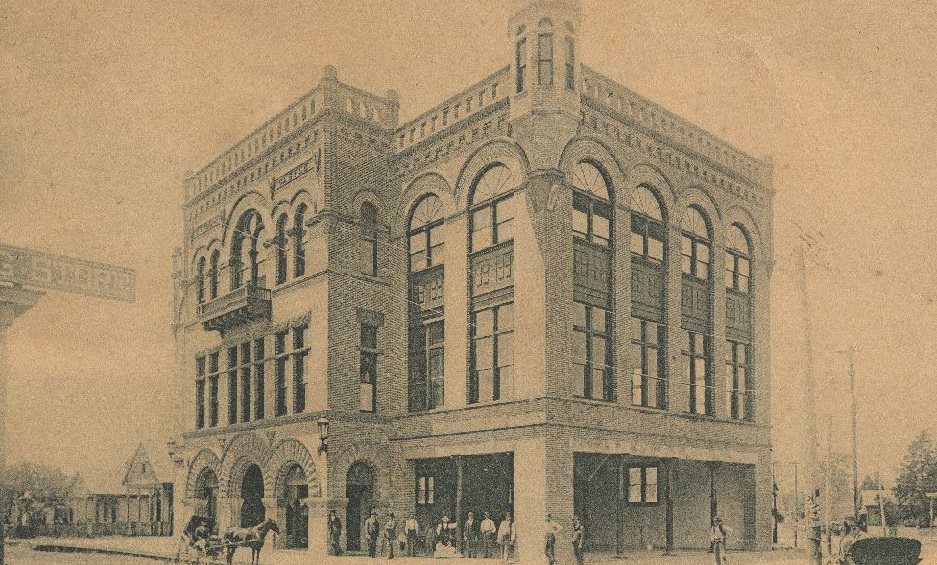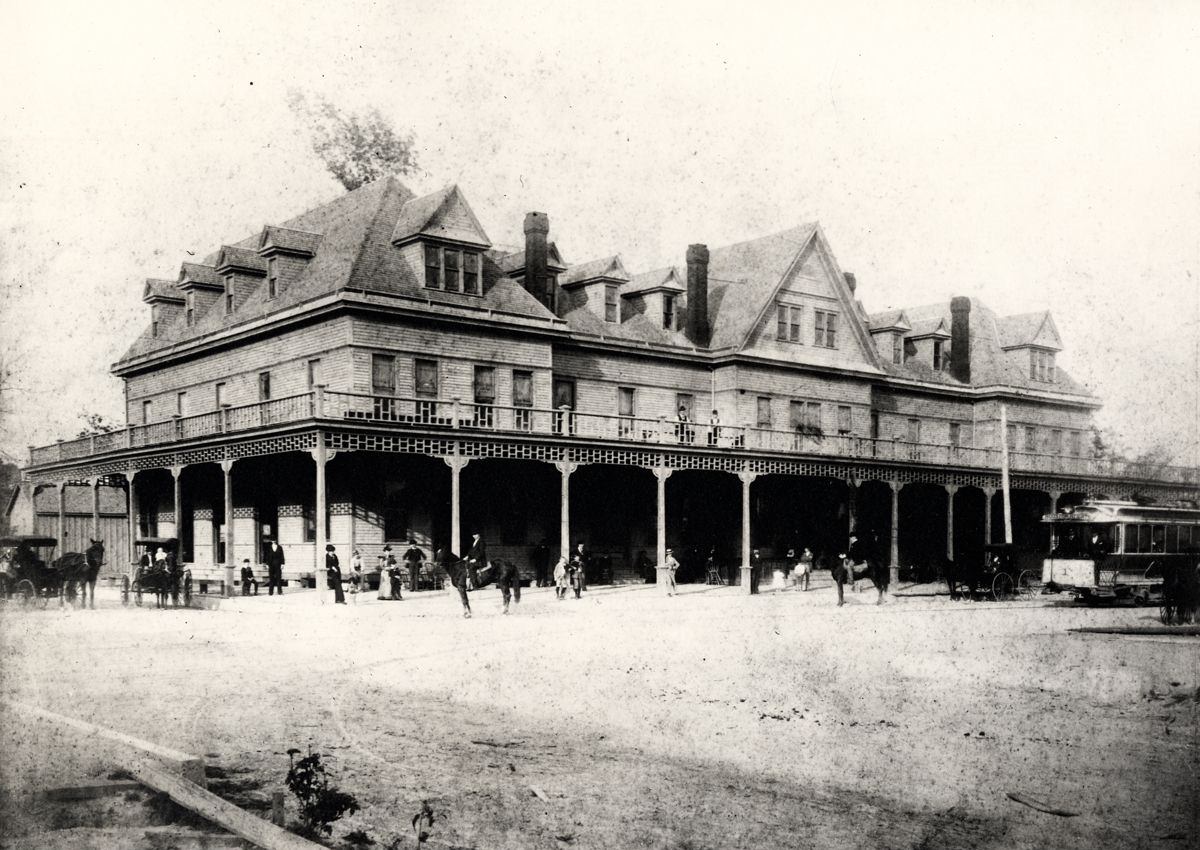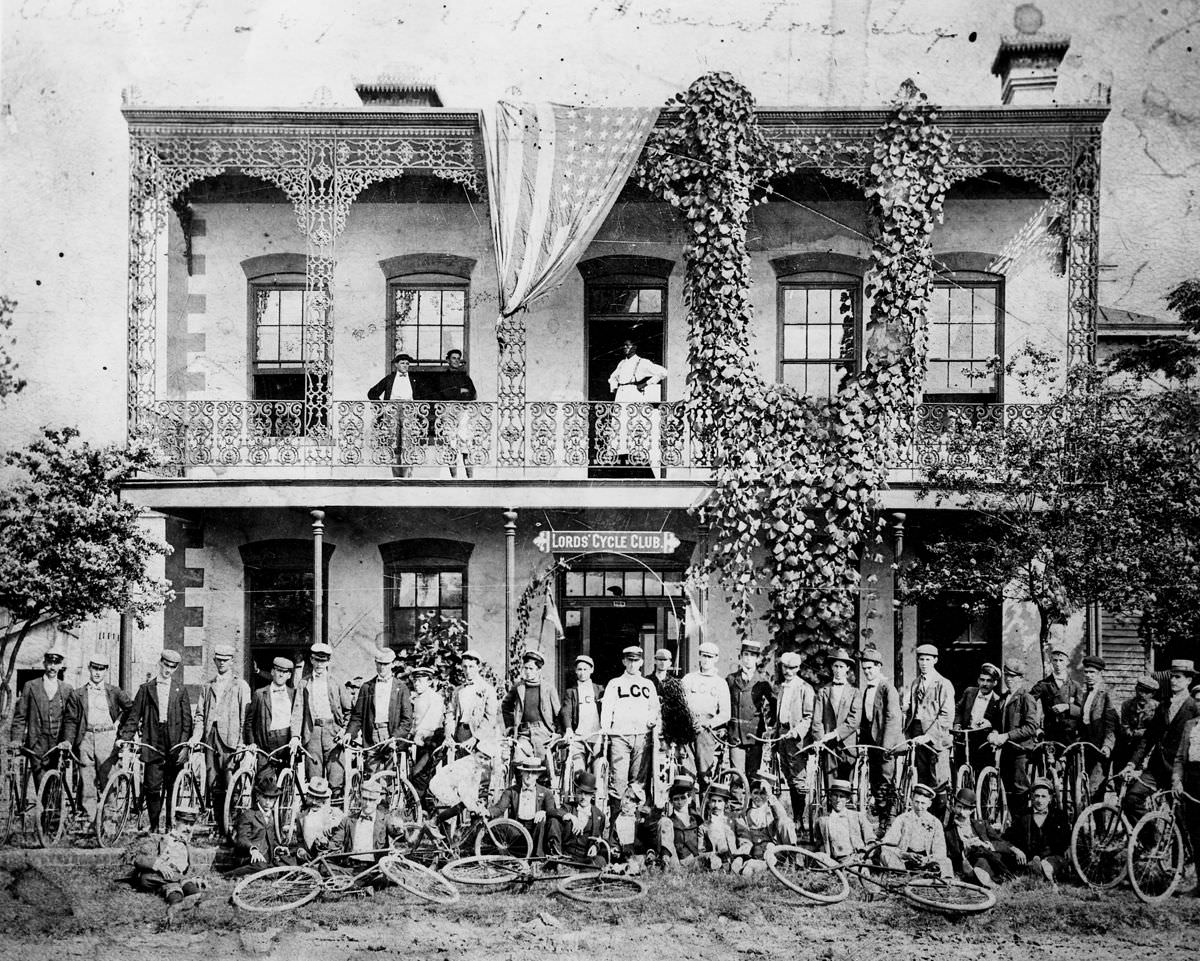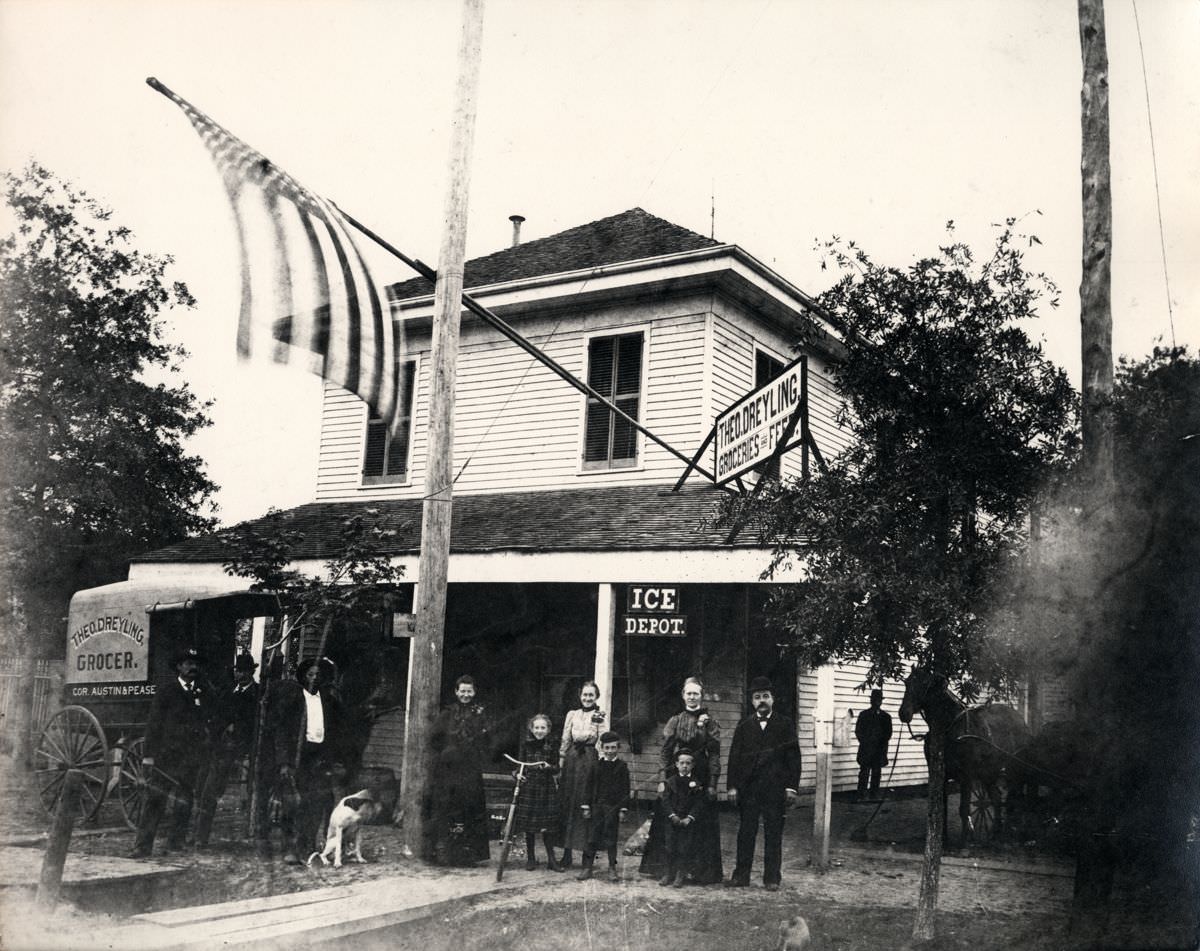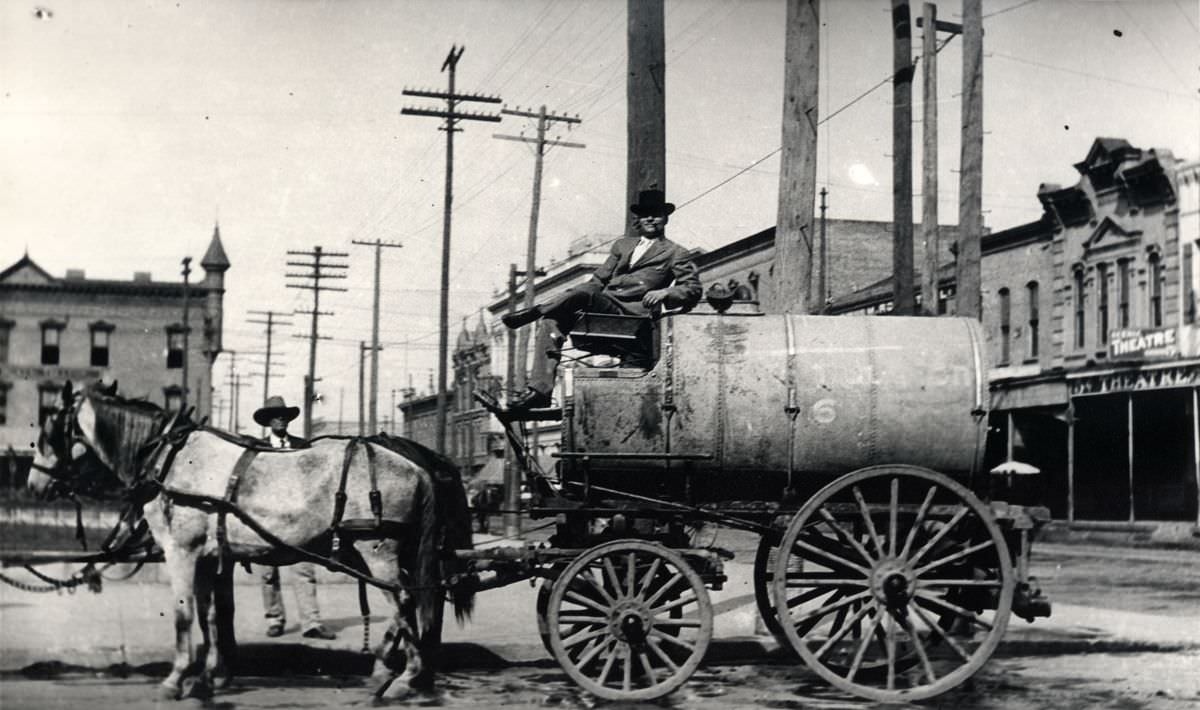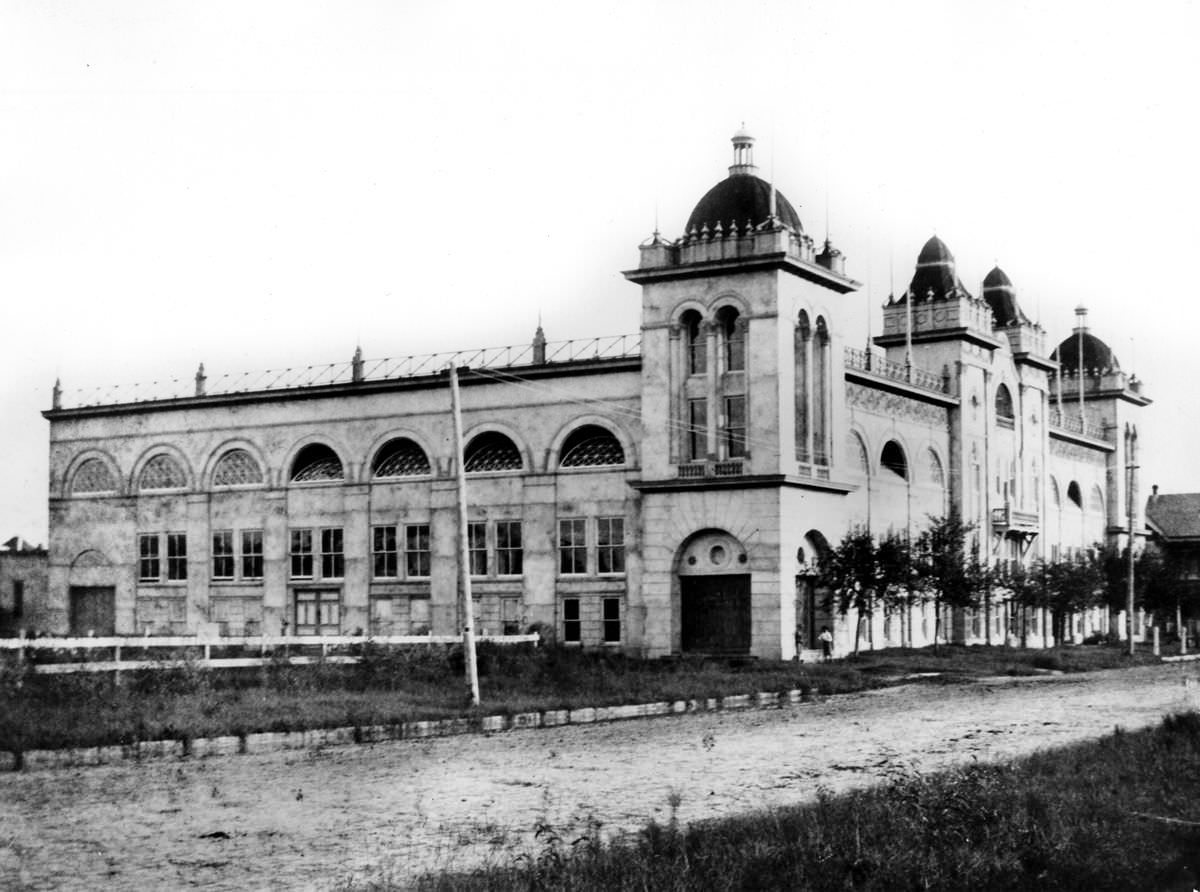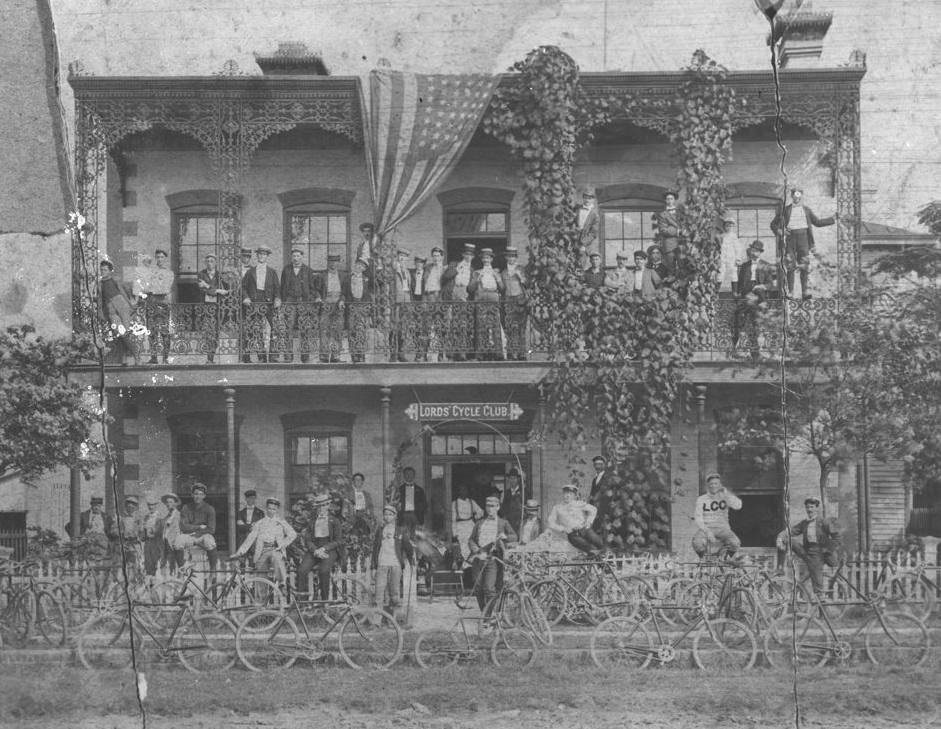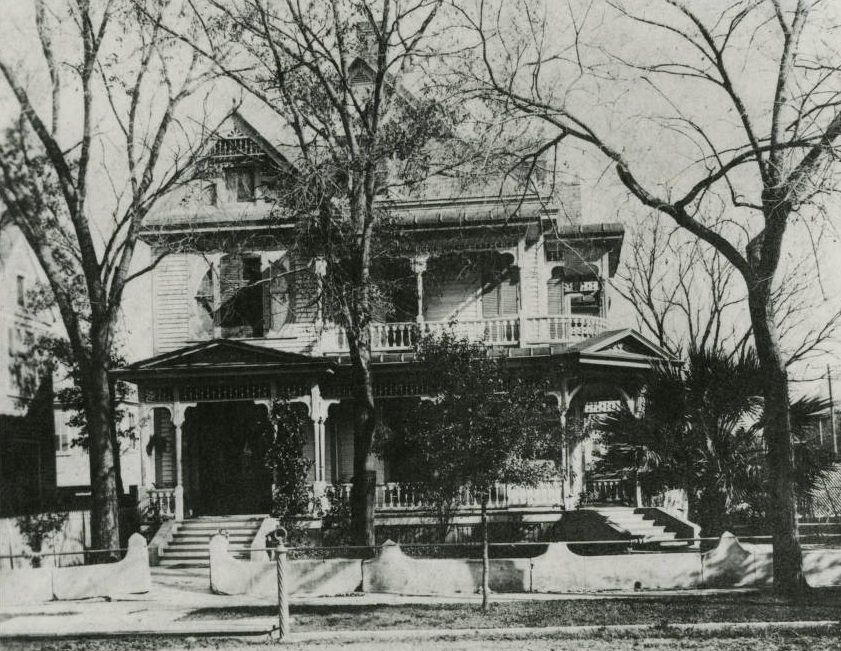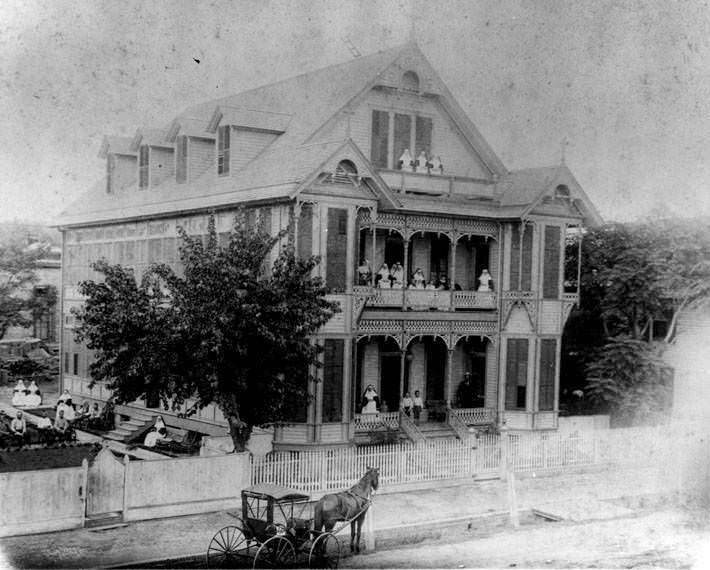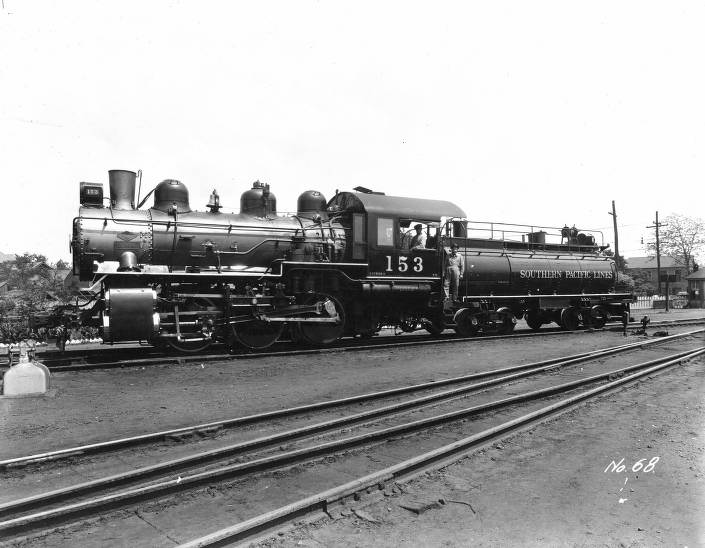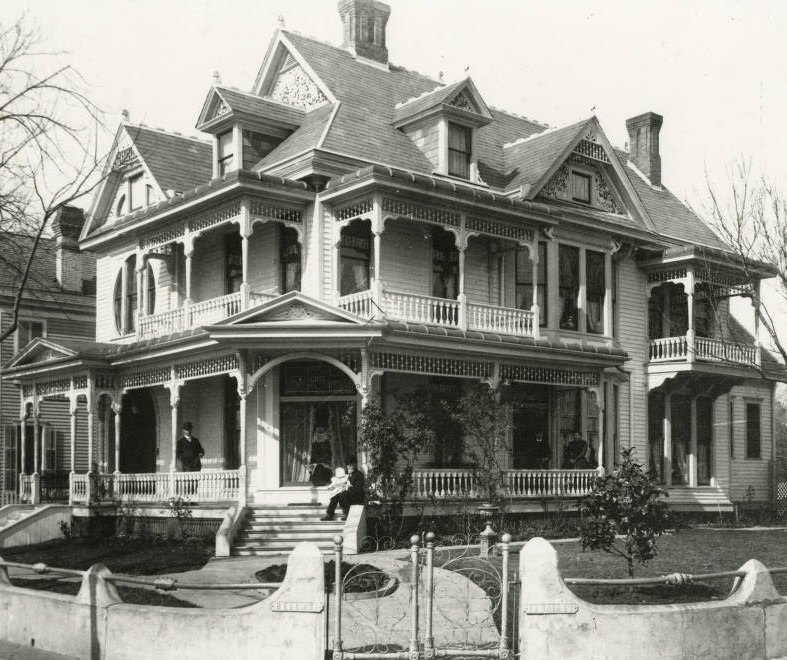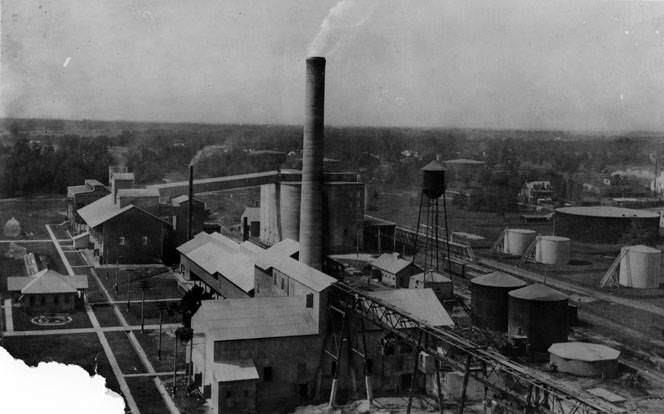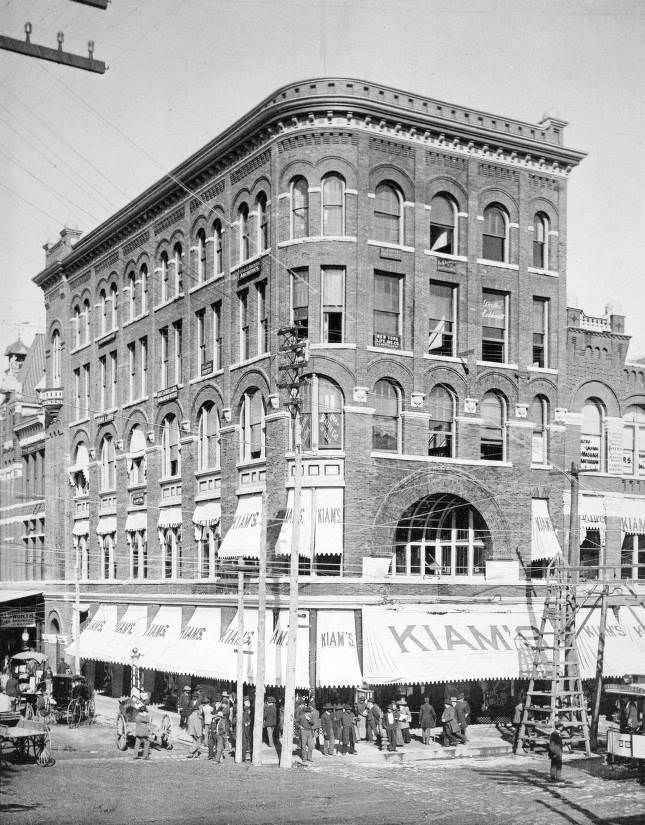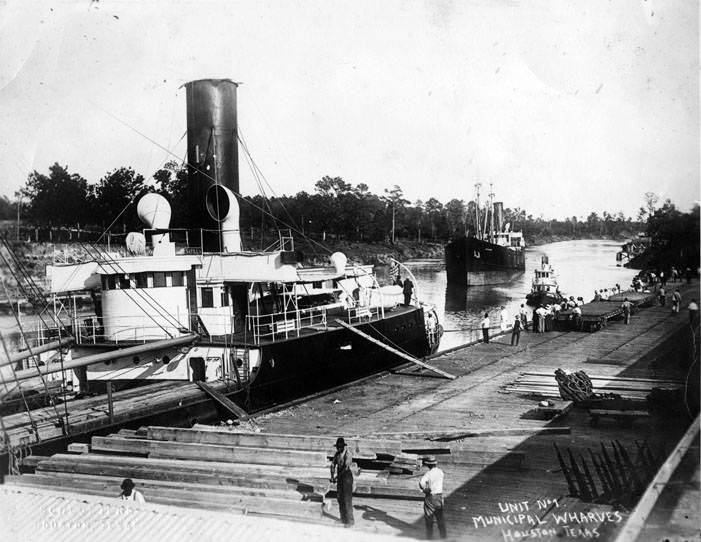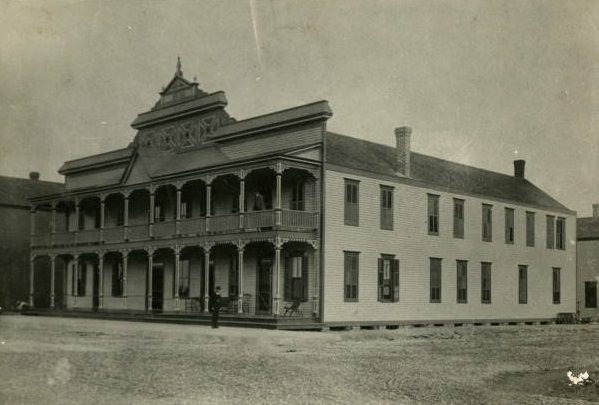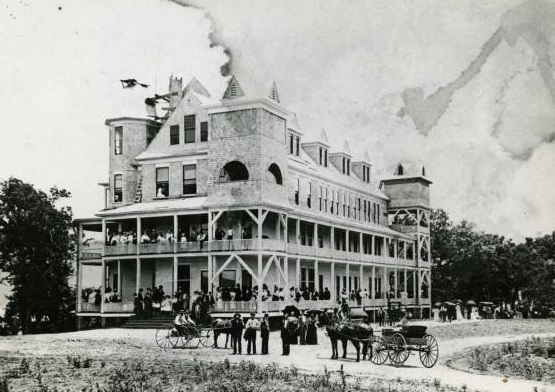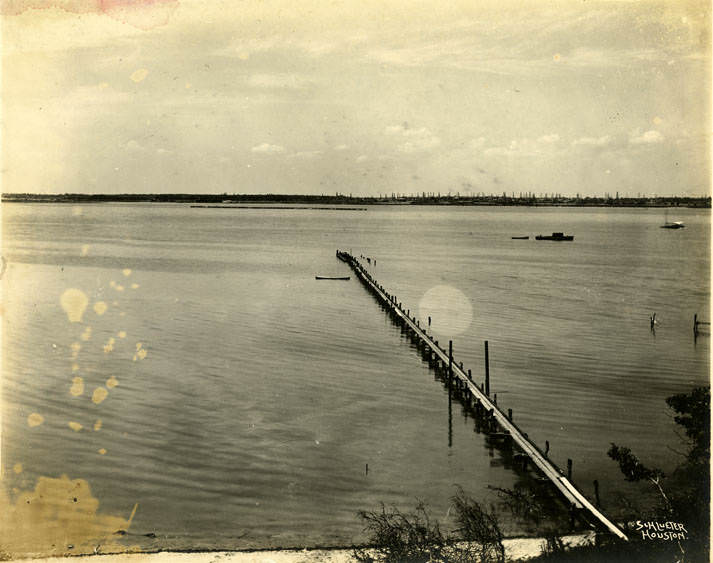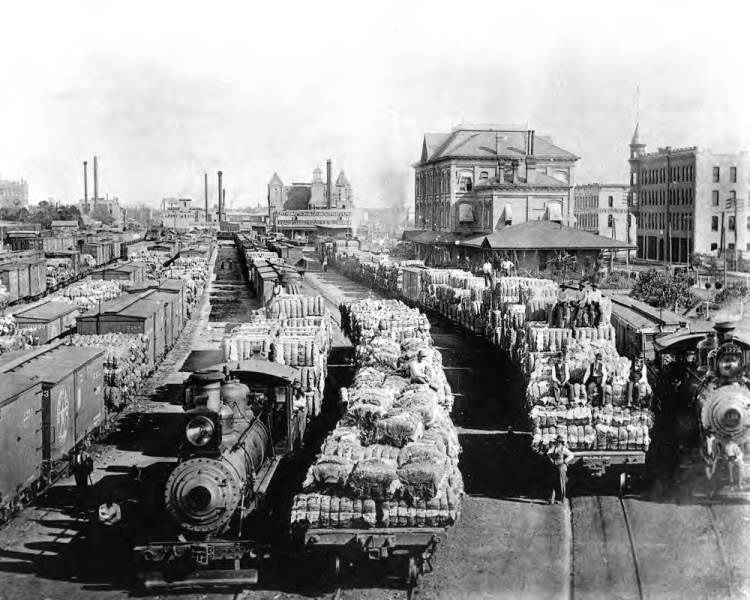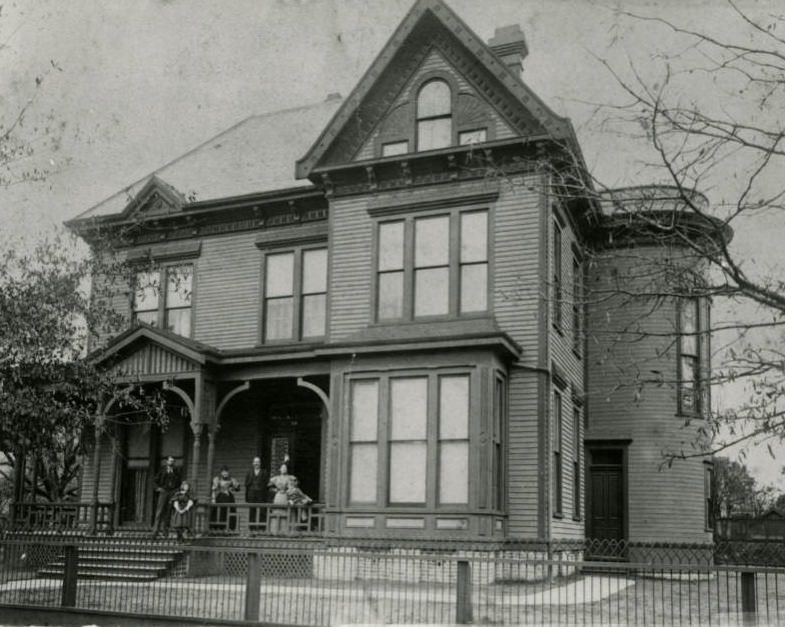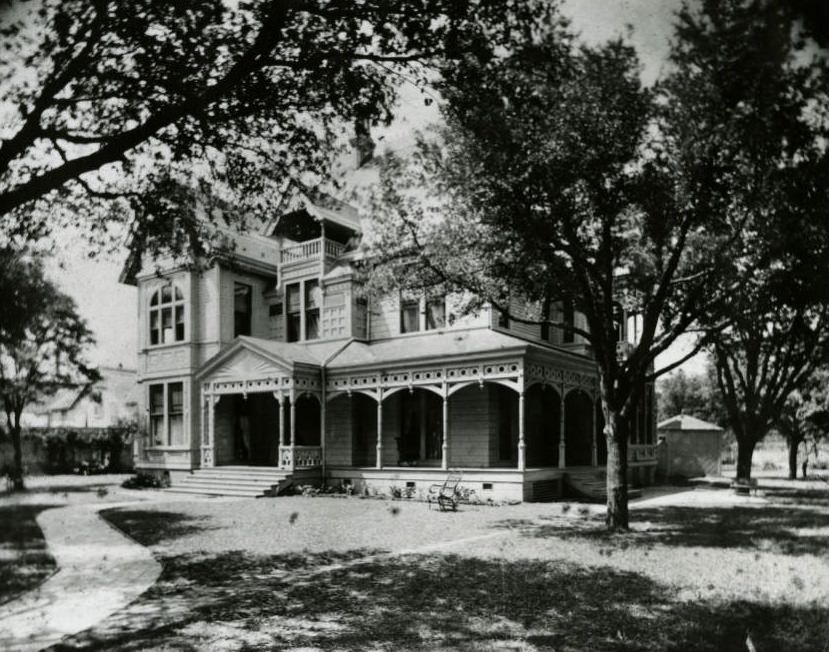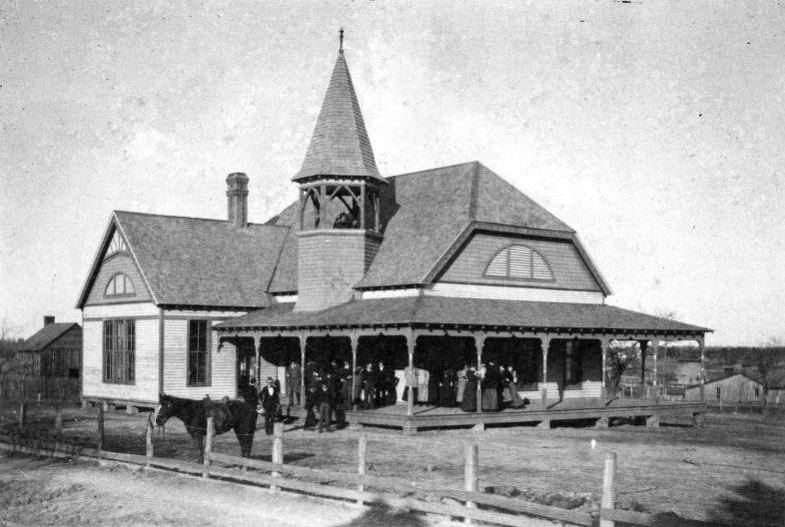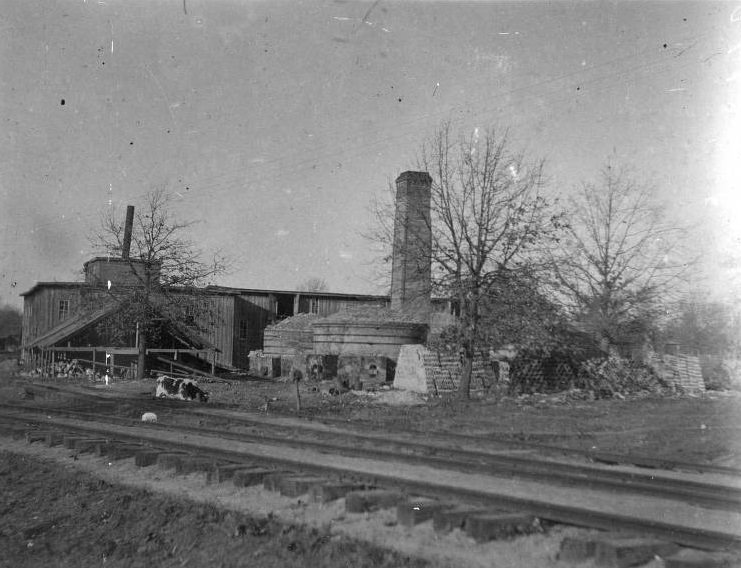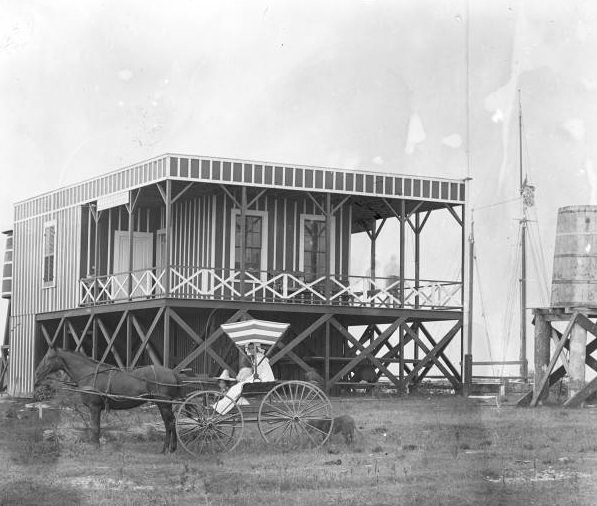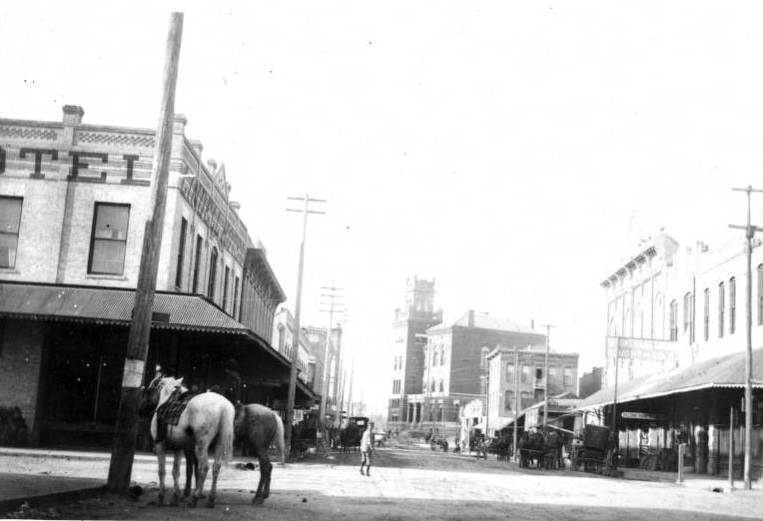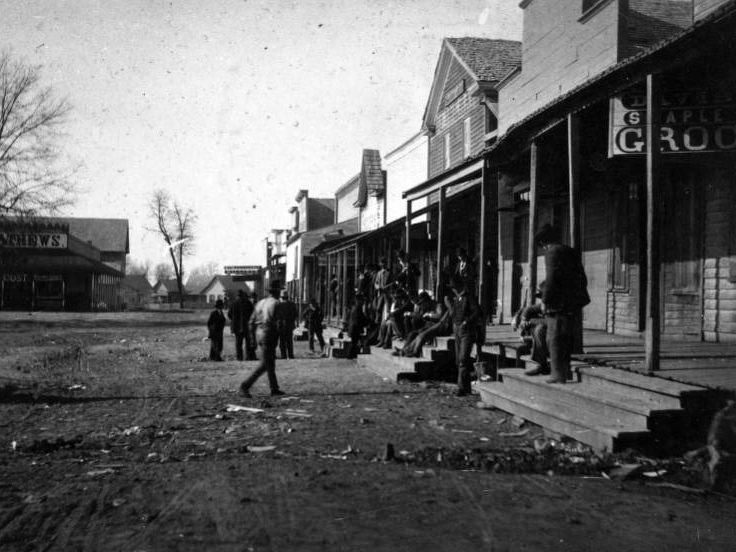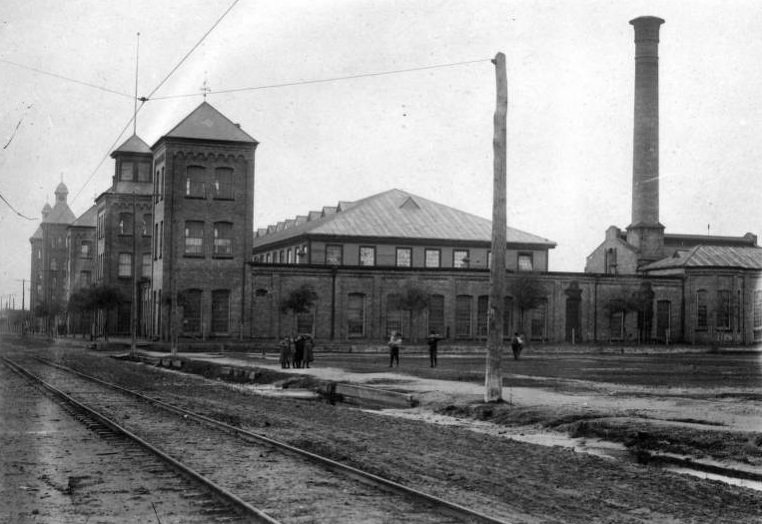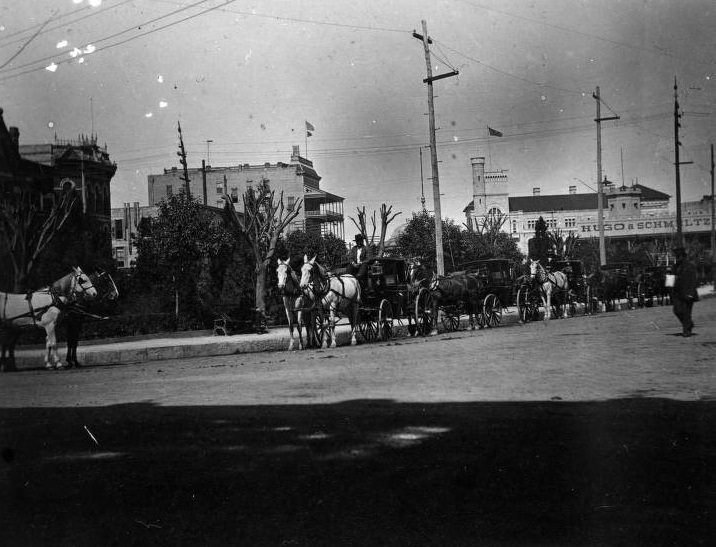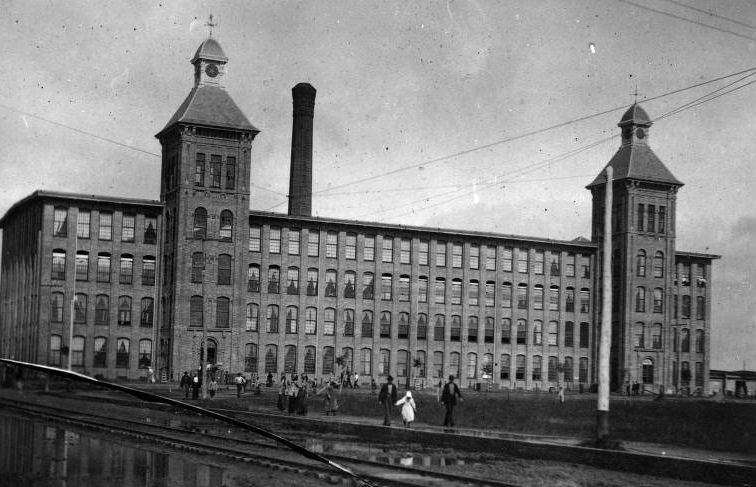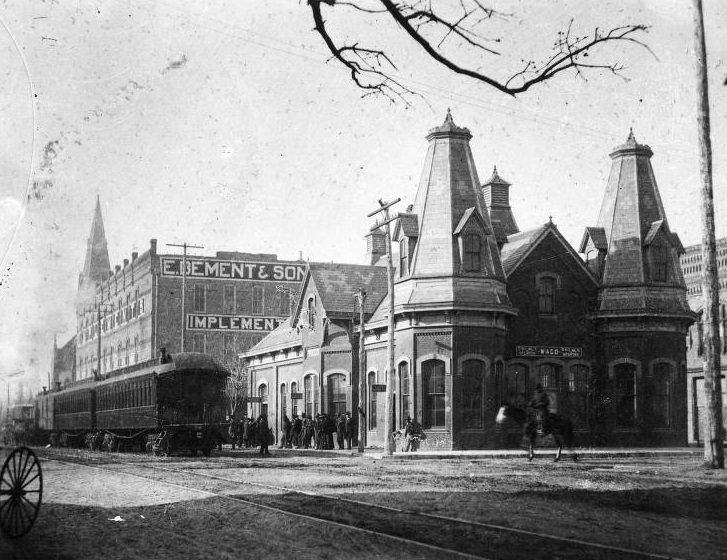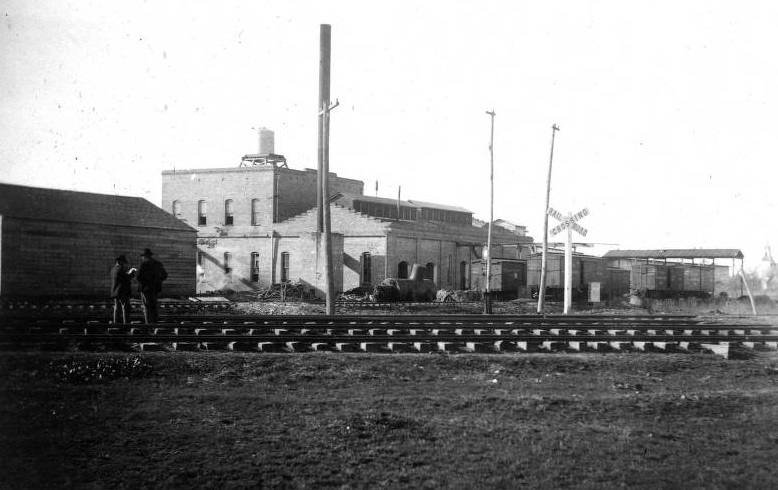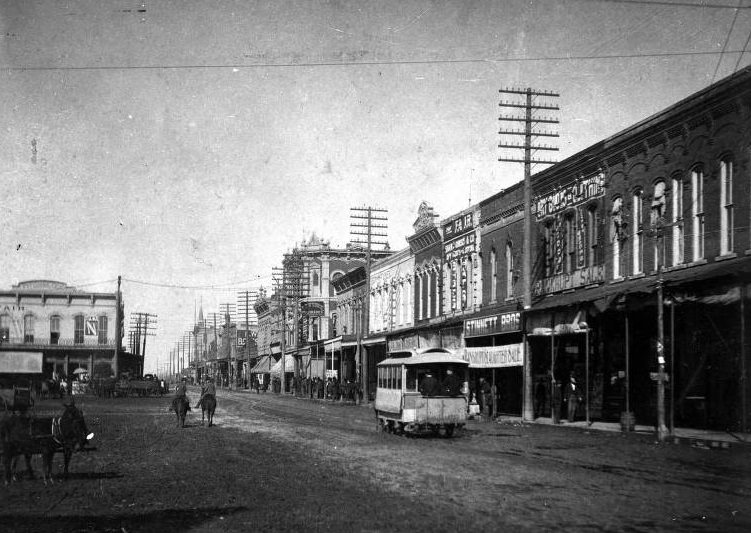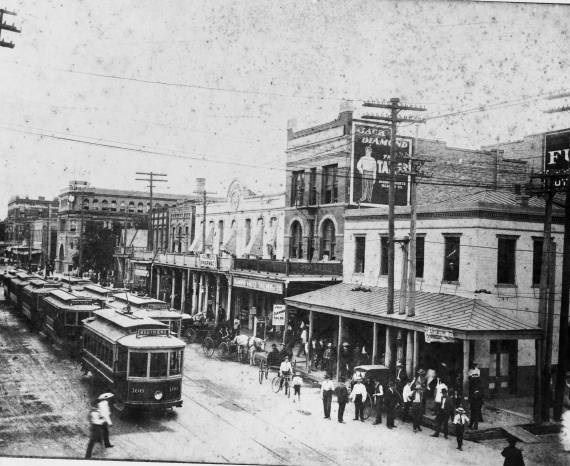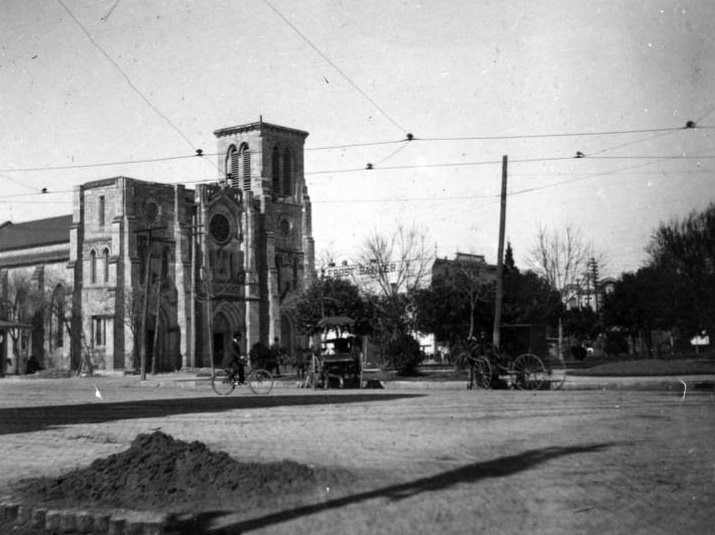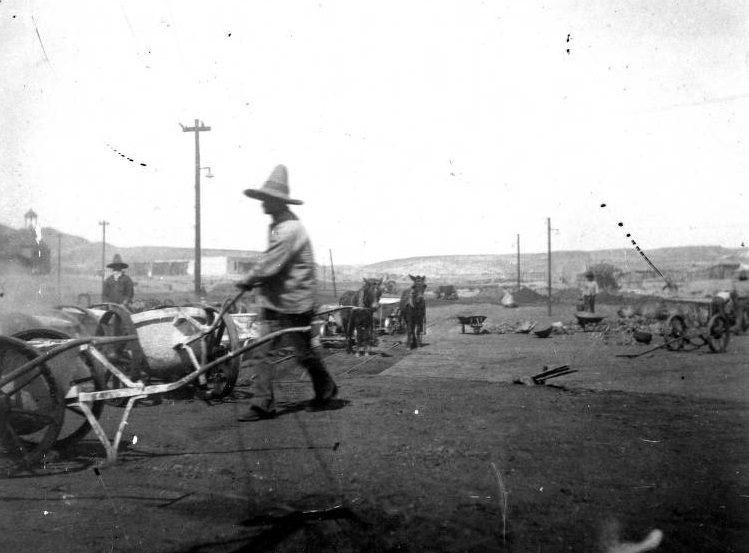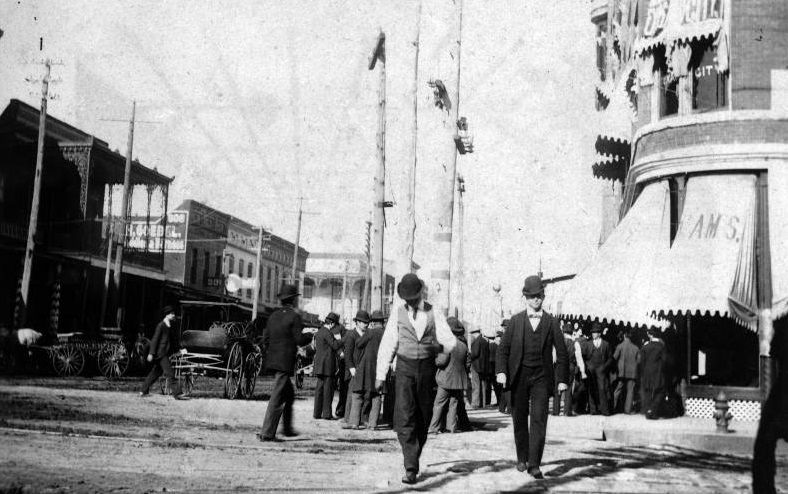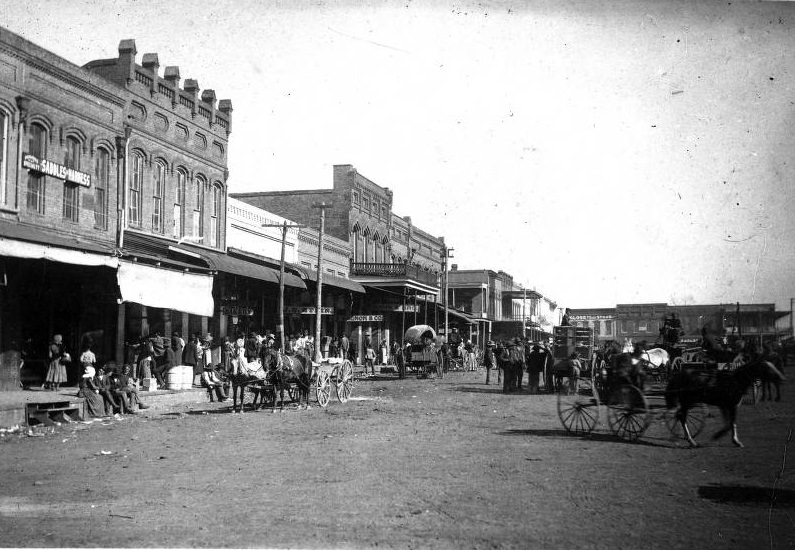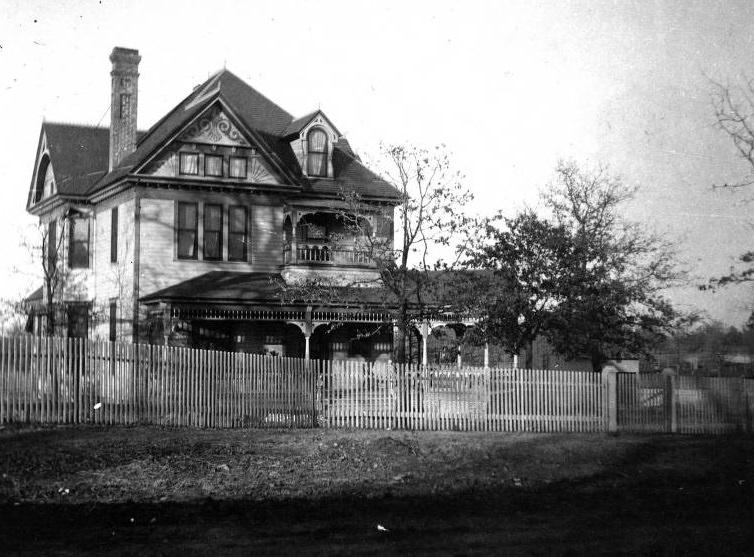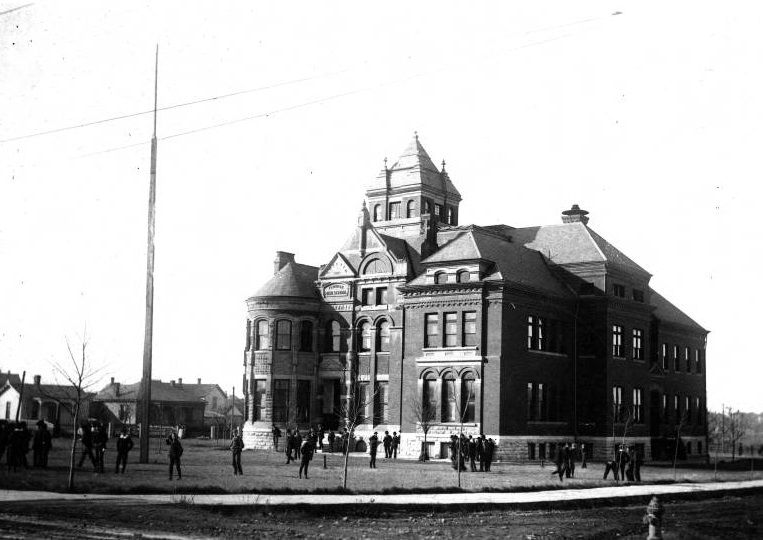The 1890s represented a transformative decade for Houston, Texas, characterized by significant civic development and economic diversification. Following the growth spurt of the 1880s, the city continued to evolve, driven by an expanding economy, infrastructural improvements, and a deepening sense of community and identity.
Houston’s economy in the 1890s saw continued diversification beyond its established cotton and railroad sectors. The discovery of oil near Corsicana in 1894, though not directly within Houston, hinted at the potential for the future oil boom that would eventually redefine the city’s economic landscape. Meanwhile, the city’s port, benefiting from improvements and the deepening of the Houston Ship Channel, began to emerge as a significant factor in its economic development, facilitating trade and commerce.
Read more
Expansion of the Railroad Network
The railroad industry, a critical catalyst for Houston’s growth in the previous decade, continued to expand. By the end of the 1890s, Houston had become a vital railroad center, with several major lines intersecting the city. This network not only supported the local economy by enhancing trade connections but also contributed to the city’s population growth by improving accessibility and attracting more settlers and businesses.
Civic Improvements and Urban Planning
The 1890s in Houston were marked by notable efforts in urban planning and civic improvements. The establishment of the city’s first public park, Sam Houston Park, in 1899, was a significant milestone, reflecting a growing interest in creating recreational and communal spaces for the city’s residents. Moreover, the introduction of electric street lighting and the expansion of the electric streetcar system revolutionized urban mobility and transformed the cityscape, making neighborhoods more accessible and facilitating the expansion of the city’s boundaries.


